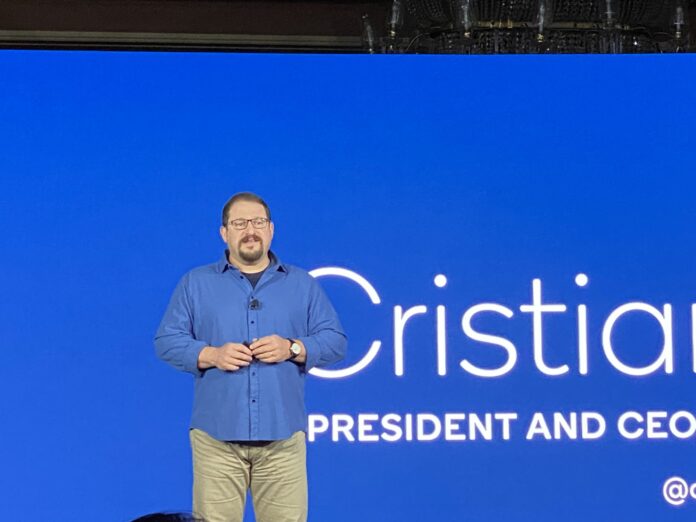On the path to $700 billion, Qualcomm reports growth in handsets, RF front-end, automotive and IoT
A little less than three months after laying out its 10-year growth plan at an investors event, Qualcomm this week report a record first quarter with year-over-year revenue growth in handsets, RF front-end, automotive and the internet of things (IoT). Qualcomm CEO Cristiano Amon has described how the firm’s unified technology roadmap as applicable to Android smartphones “as well as enabling the connected intelligent edge, which is driving digital transformation for the cloud-connected economy.”
By the numbers, Qualcomm reported total revenue of $10.7 billion in the first quarter of fiscal year 2022, up 30% from the same quarter last year. Net income was $3.4 billion, up from $2.5 billion year-over-year. Breaking that down, handset revenue was up 42% to $5.98 billion, RF front end was up 7% to $1.13 billion, automotive was up 21% to $256 million, and IoT was up 41% to $1.48 billion.
To Amon’s point around “enabling the connected intelligent edge,” this is all about leveraging Qualcomm’s technology portfolio for mobile handsets into new segments like compute and automotive, and new types of IoT devices that enterprises are using to find and derive saving from operational efficiencies.
Amon discussed the industrial segment: “We’re still in the early phases of digital transformation across many industries. And demand for our solutions continues to accelerate. As an example, combined smart utility meter, tracking robotics, and retail revenues more than doubled over the last year. In robotics, specifically, we expect total fiscal ’22 product launches using our platforms to increase by over 50% year-over-year, spanning applications from warehouse automation to public safety, delivery services, and in-home assistance.”
He continued: “The diversity of vertical segments and applications reflects our ability to provide a common platform that integrates advanced computer vision, on-device AI high performance in low-power computing, and industry-leading connectivity technologies.”
On the automotive front, last month at CES Qualcomm introduced the “digital chassis” vehicle base framework that includes components based on Snapdragon processors. Specifically, this digital framework includes the Snapdragon Ride Platform for automated driving and advanced driver assistance systems (ADAS), the Auto Connectivity Platform for cellular-connected services, cellular vehicle-to-everything (C-V2X), Wi-Fi, Bluetooth and precise positioning, and the next generation of the Snapdragon Cockpit, a digital cockpit and infotainment system. At the Las Vegas event, Amon said Honda, Volvo and Renault will use Qualcomm technology in their next-generation vehicles, expanding on existing partnerships with General Motors, BMW, Hyundai and others.
Picking up the automotive discussion this week, Amon said, “Automotive is really an incredible opportunity for Qualcomm…It’s something that we can actually take a platform approach and take some of the things we have done in mobile…to scale up and down to every tier of automotive. And I think we’re just in the beginning of having more ADAS design wins and having the chassis be recognized as a key platform going forward.”
Amon wrapped by thanking the company’s 45,000 employees and reiterating that the “one technology roadmap,” which incorporates wireless comms, adavnced compute, and on-device AI, is key to “expanding our addressable market by more than seven times to approximately $700 billion in the next decade. In closing, we have the vision and the execution capabilities that will ensure we are at the forefront of innovation.”
Click here for a full look at Qualcomm’s quarterly financials.

